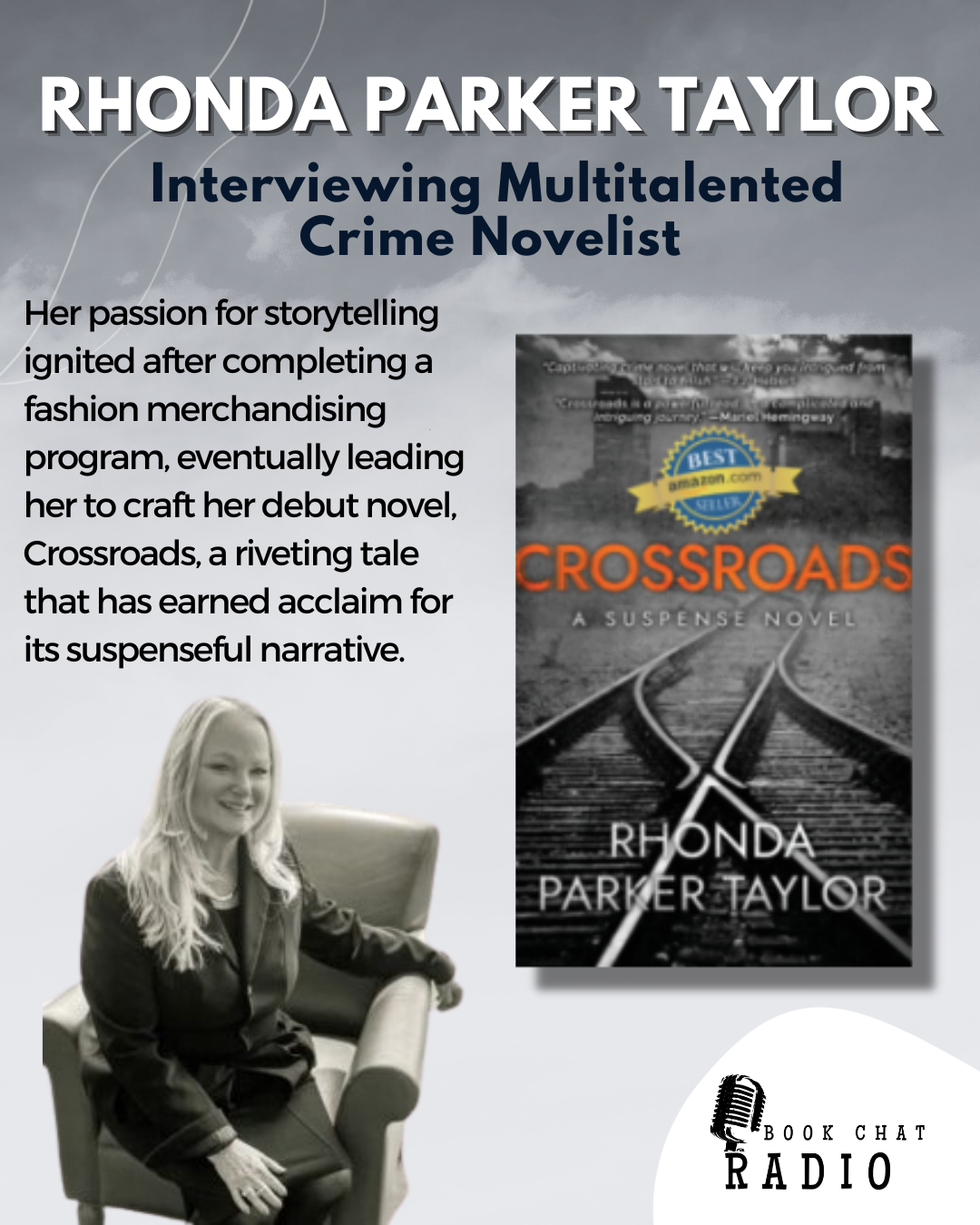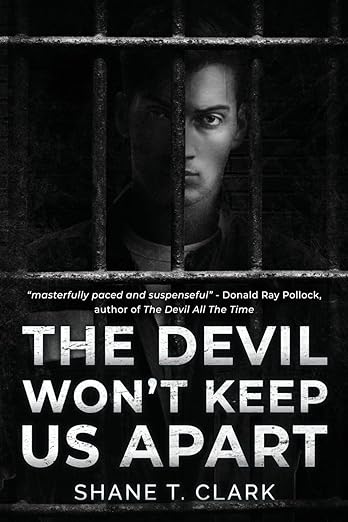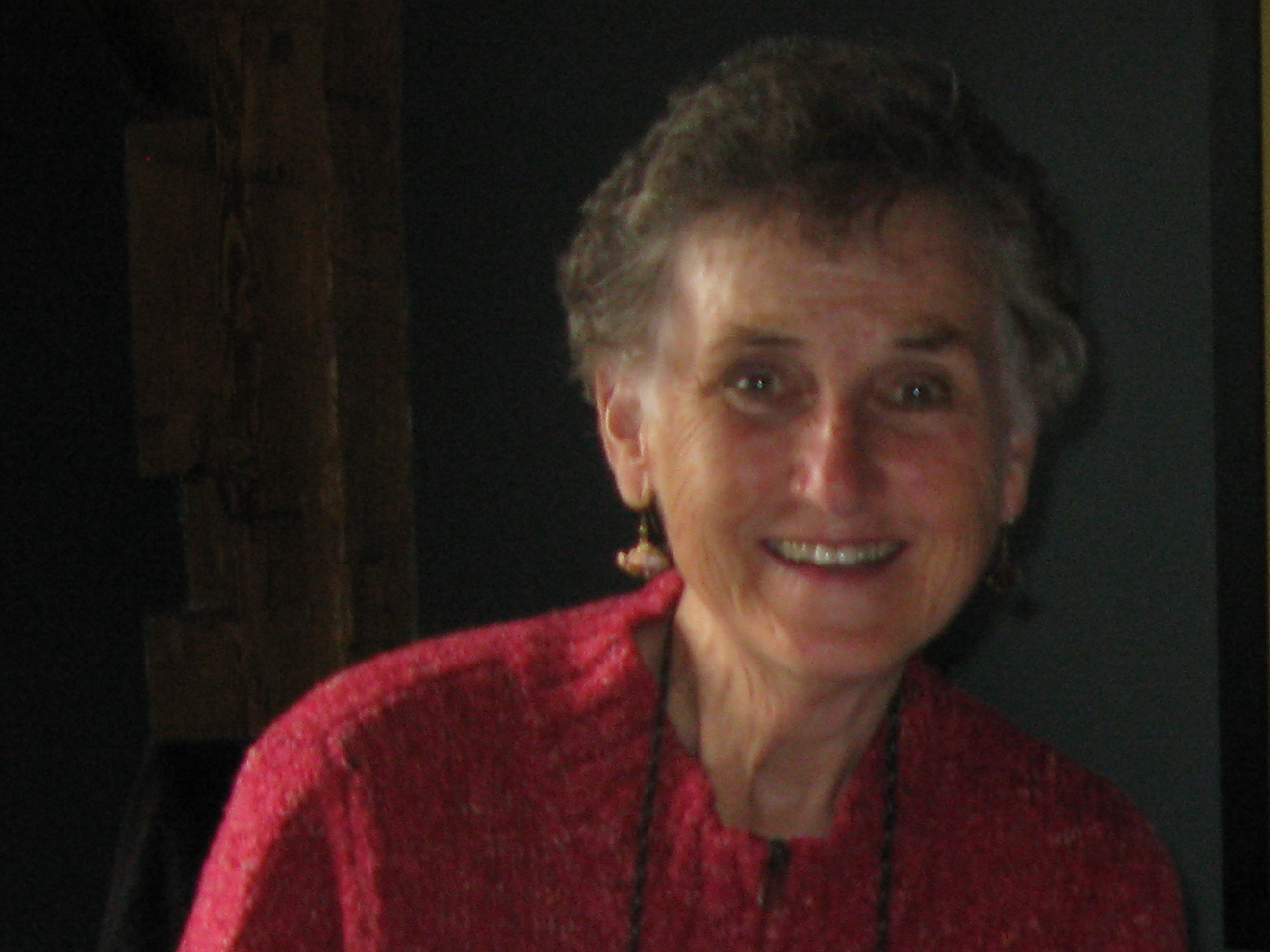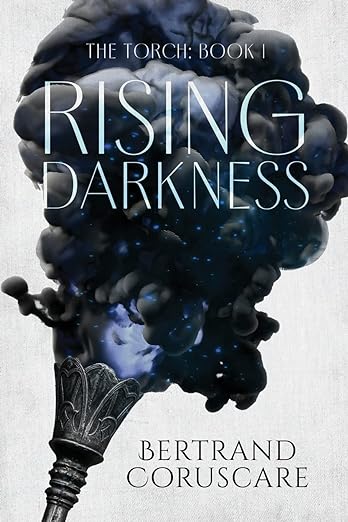Today we sit down with the multifaceted American writer, entrepreneur, and academic researcher, Rhonda Parker Taylor. Born and raised amidst the serene landscapes of Noblesville, Indiana, Rhonda’s journey is full of diverse experiences, from the tranquil setting of cornfields and cows to the exhilarating pulse of the literary world. Her passion for storytelling ignited after completing a fashion merchandising program, eventually leading her to craft her debut novel, Crossroads, a riveting tale that has earned acclaim for its suspenseful narrative. Garnering praise from literary figures like bestselling author J.J. Hebert and esteemed actress Mariel Hemingway, Crossroads is a captivating crime thriller readers have been sucked into since its release in February 2023.
Rhonda’s academic achievements, spanning from a doctoral program in business to an MBA and bachelor’s in science management, mirror her commitment to intellectual pursuits. Beyond her literary and academic accomplishments, Rhonda’s entrepreneurial spirit shines through her establishment of Intelligence Solutions, reflecting her dedication to training, development, and scholarly research. Join us as we explore her literary debut Crossroads, academic insights, and learn more about Rhonda herself.
How do you typically approach the writing process for a crime novel? Do you outline meticulously, or do you prefer a more organic approach?
When crafting a crime novel, my approach blends structure and spontaneity. I start with a preliminary outline, providing a roadmap for the plot. However, my process takes an organic turn as I probe into character development. Drawing inspiration from the medical community’s SOAP note, I meticulously detail characters’ mental and physical attributes. This structured approach allows me to define both subjective and objective elements. As the narrative unfolds, I adapt the initial outline, allowing the characters’ intricacies to shape the storyline dynamically. This fusion of planning and spontaneity ensures a compelling crime novel with characters that develop authentically and organically within the intricacies of the plot.
How do you create your characters, especially the protagonists and antagonists in your crime novels? Are they inspired by real people, fictional archetypes, or a combination of both?
In shaping characters, inspiration is drawn from a fusion of real people and fictional archetypes. The process is dynamic, often initiated with a broad idea that evolves through the intricacies of character development. Through research of personality types and characteristics and the use of a medical SOAP note and DSM-V analysis proves invaluable. The SOAP note, detailing subjective and objective traits, lends a comprehensive view of characters’ mental and physical characteristics. This structured approach provides a solid foundation for character depth. Additionally, employing DSM-V analysis allows for an understanding of psychological subtleties, enriching the characters’ complexity.
For instance, the protagonist may exhibit traits aligning with DSM-V criteria for resilience, shaped by real-life stories of individuals overcoming adversity. Conversely, the antagonist’s characteristics might reflect elements of personality disorders found in the DSM-V, adding layers to their motives and actions. By intertwining real-world inspirations with psychological analyses, my characters become multi-dimensional, contributing to the authenticity and depth of the crime novel’s narrative which makes the characters relatable to the reader.
What inspires your crime novels? Are there real-life events, personal experiences, or other authors that have influenced your work?
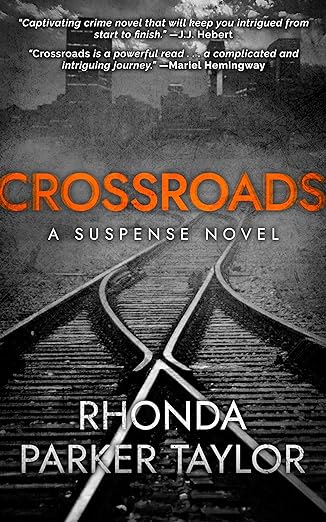 My crime novels draw inspiration from a variety of sources, reflecting life, news, community service, and a profound desire to prompt audience reflection. Real-life events and personal experiences weave into the narrative, grounding the stories in relatable emotions and situations.
My crime novels draw inspiration from a variety of sources, reflecting life, news, community service, and a profound desire to prompt audience reflection. Real-life events and personal experiences weave into the narrative, grounding the stories in relatable emotions and situations.
In Crossroads, a pivotal theme explored is the raw emotions of anger, fury, and envy. These intense feelings shape the characters’ behavior, steering the path of the narrative. Exploring the psychological impact of these emotions adds a layer of authenticity, making the characters and their experiences resonate with readers on a visceral level.
The aim is not only to craft gripping crime stories but also to offer a lens through which readers can reflect on the complexities of human emotions and behaviors. This blend of personal resonance, societal awareness, and emotional exploration infuses my work with depth and relevance.
How do you keep the balance between surprising your readers and ensuring the plot remains believable?
Maintaining a delicate balance between surprising readers and ensuring plot believability is an art, closely tied to the interplay of characters’ behavior and the storyline. Here is how I navigate this balance: The first tip is to understand the diverse types of surprises which are character-driven surprises, foreshadowing and setup, consistent internal logic, emotional resonance, and reader engagement.
Character-Driven Surprises: Surprises are most effective when rooted in authentic character motivations. By intricately understanding my characters, I can craft unexpected yet plausible actions that is supported with their established traits. This ensures that surprises feel organic, arising naturally from the characters’ personalities.
Foreshadowing and Setup: Building anticipation through subtle foreshadowing and careful setup is crucial. Dropping hints or clues, even subtly, allows surprises to be plausible in retrospect. It creates a sense of inevitability without compromising the shock value.
Consistent Internal Logic: The narrative must adhere to a consistent internal logic. While surprises can deviate from the expected, they should align with the established rules of the story world. This consistency maintains the reader’s trust and keeps the plot grounded.
Emotional Resonance: Surprises should evoke emotional responses. By intertwining the characters’ emotional arcs with the twists in the plot, I ensure that surprises have a profound impact, making them memorable and engaging for readers.
Reader Engagement: Regularly gauging reader engagement and feedback allows me to strike the right balance. It helps me understand when surprises are genuinely meeting the needs of the reader for a twist and when they might be stretching the bounds of credibility.
By aligning character development with the narrative arc, infusing surprises with emotional depth, and maintaining a consistent story logic, I aim to captivate readers with unexpected twists while keeping the overall plot firmly rooted in believability.
Settings play a crucial role in crime novels. How do you choose the settings for your stories, and how does the setting contribute to the overall atmosphere of your novels?
Choosing settings for my crime novels is a deliberate process, and in the case of my stories, Indianapolis was selected for its familiarity and multifaceted nature. Here is how the setting contributes to the overall atmosphere of my novels:
Familiarity and Authenticity: Selecting Indianapolis as a setting stem from personal knowledge, allowing me to infuse authenticity into the narrative. Familiarity with the city’s vibe, culture, history, and geography enables me to paint a vivid and accurate backdrop for the unfolding events. Indianapolis, with its rich history, becomes more than just a backdrop; it becomes a character. By incorporating elements of the city’s past, landmarks, and cultural nuances, I aim to immerse readers in an environment that adds depth to the story.
Ultimately, choosing a familiar setting allows me to guide readers through a city I know intimately, inviting them to experience its beauty, history, and challenges. In doing so, the setting becomes an integral part of the narrative, influencing the characters and enhancing the overall atmosphere of my crime novels.
Crime fiction is a diverse genre. Are there any trends or sub-genres within crime fiction that you find particularly interesting or challenging?
Crime fiction spans diverse sub-genres, presenting distinct challenges and evolving trends. True crime, marked by its demand for factual accuracy, poses unique hurdles in legal, emotional, and ethical realms. Navigating the intricacies of real cases requires a delicate balance between storytelling and respecting ongoing investigations. Trends include the popularity of psychological thrillers, domestic noir’s exploration of personal crimes, historical settings providing cultural depth, and the rise of tech-thrillers amid technological advancements. While these trends offer engaging possibilities, true crime’s commitment to accuracy and ethical considerations remains a distinctive challenge, demanding a flexible approach and profound respect for real-life events and individuals. This is why I prefer writing fiction because I can learn from true crime but explore the imagination.
I aspire to craft suspenseful narratives that transcend the conventional focus on violence, aiming to illuminate profound lessons born from adversity and resilience. Rather than relying solely on the shock value of intense situations, my writing seeks to explore the human capacity to overcome challenges, drawing inspiration from the strength individuals discover within themselves during trying times. By weaving tales that dive into the transformative power of resilience, my goal is to offer readers a suspenseful journey that not only captivates their imaginations but also leaves them reflecting on the enduring lessons that arise in the face of adversity.
How do you connect with your readers? Do you engage with them on social media, and if so, how has that interaction influenced your writing or storytelling?
 Connecting with readers is a cherished aspect of my writing journey, and I employ a multifaceted approach to foster engagement. Social media platforms, including Facebook, Instagram, Twitter, LinkedIn, TikTok as well as Podcasts, serve as dynamic spaces for direct interactions. Through regular posts and engaging content, I create a virtual community where readers can share their thoughts, experiences, and enthusiasm for literature. Email newsletters provide a more individualized touch, offering behind-the-scenes insights and exclusive content, building a sense of connection beyond the pages of my books. In-person events like book signings further solidify this bond, allowing for face-to-face conversations and expressions of gratitude for their support.
Connecting with readers is a cherished aspect of my writing journey, and I employ a multifaceted approach to foster engagement. Social media platforms, including Facebook, Instagram, Twitter, LinkedIn, TikTok as well as Podcasts, serve as dynamic spaces for direct interactions. Through regular posts and engaging content, I create a virtual community where readers can share their thoughts, experiences, and enthusiasm for literature. Email newsletters provide a more individualized touch, offering behind-the-scenes insights and exclusive content, building a sense of connection beyond the pages of my books. In-person events like book signings further solidify this bond, allowing for face-to-face conversations and expressions of gratitude for their support.
The impact of reader interactions on social media has been transformative. Beyond serving as promotional tools, these platforms have become hubs for creative exchange. Direct feedback and discussions often inspire fresh ideas or alter perspectives, influencing my storytelling. The formation of a community where readers not only engage with my work but also connect with each other enhances the overall reading experience. Social media’s real-time interaction fosters accessibility, transparency, and a sense of shared enthusiasm, making it one of the most gratifying aspects of my writing journey.
What advice do you have for aspiring crime novelists who are looking to break into the genre? Are there lessons from your own journey that you wish someone had shared with you when you were starting out?
For aspiring crime novelists venturing into the genre, my advice is twofold: stay organized and commit to writing one page a day. Organization is key in the intricate world of crime fiction, where details matter. Create a system for tracking characters, timelines, and plot points to ensure continuity and coherence in your narrative. This not only streamlines the writing process but also aids in maintaining the suspense and complexity inherent in crime stories.
Additionally, the discipline of writing one page a day might seem modest, but it yields significant progress over time. Consistency is paramount in honing your craft. Set achievable daily writing goals to overcome the daunting task of completing an entire novel. This practice not only helps in managing the scope of your project but also cultivates a writing habit that can propel your creative journey forward. Looking back, this lesson of staying organized and maintaining a daily writing routine has been invaluable in navigating the challenges of crafting compelling crime narratives.
Find the author
Crossroads
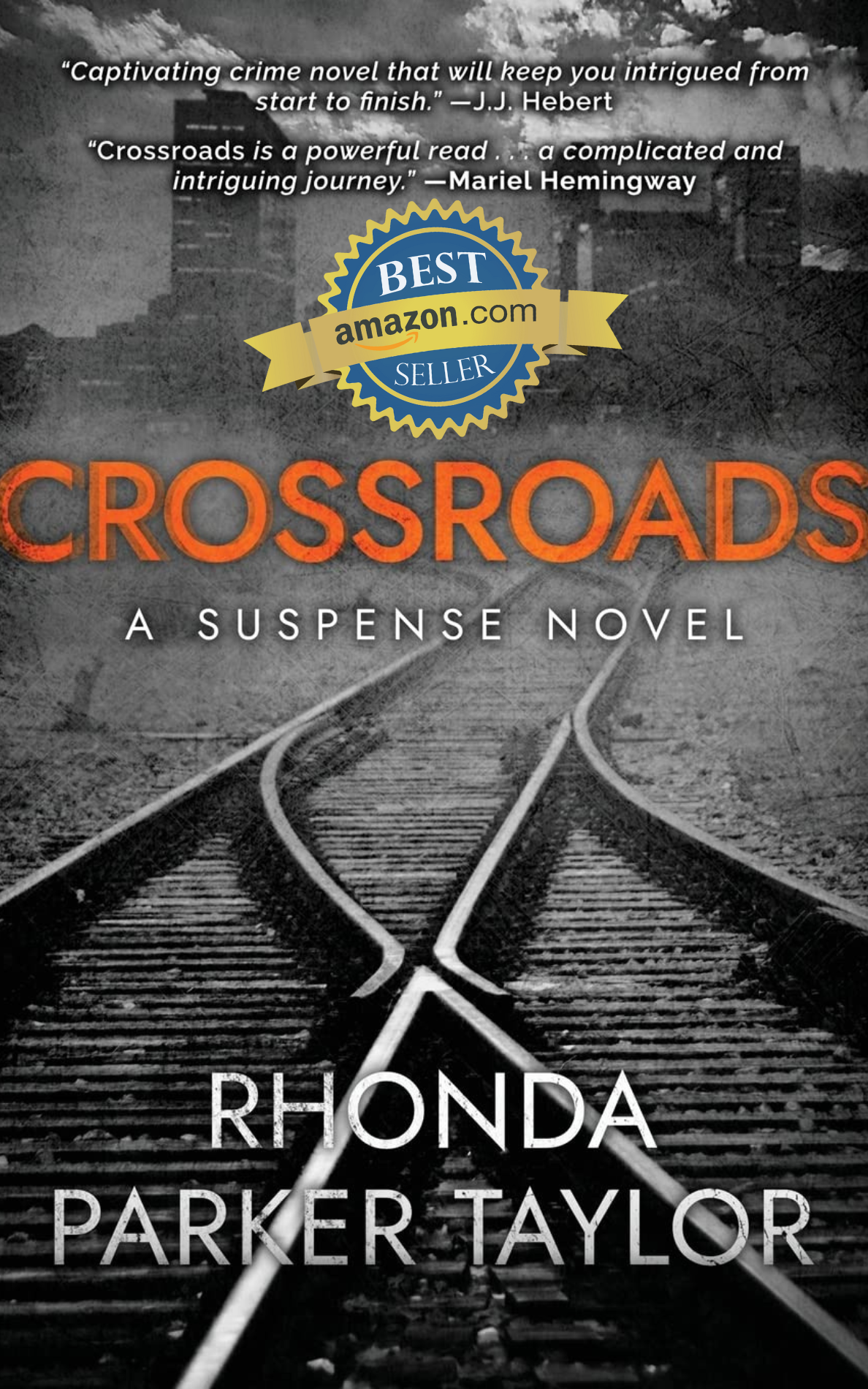 Paris Pennington, a lovely workaholic about to be confronted with adversity and chaos, with challenges leading her to restlessness, uncertainty, and questioning her life choices and her current path. The fabric of her life begins to be picked apart as people around her start dying. A crossroad leads her to make a change and promises to fulfill her dreams while an embattled personal war between past and present comes together, testing loyalty and the forces of envy that may prevent tomorrow from coming.
Paris Pennington, a lovely workaholic about to be confronted with adversity and chaos, with challenges leading her to restlessness, uncertainty, and questioning her life choices and her current path. The fabric of her life begins to be picked apart as people around her start dying. A crossroad leads her to make a change and promises to fulfill her dreams while an embattled personal war between past and present comes together, testing loyalty and the forces of envy that may prevent tomorrow from coming.
Recommended by: Golden Globe-Nominated American Actress and Author Mariel Hemingway: “Keeps readers engaged in not only Paris’s personal life, but also the world of murder, tragedy, death, and the hope for justice.” And Best Selling Author J.J. Hebert states, “Paris Pennington is a protagonist that you find yourself rooting for from start to finish, even as those close to her mysteriously fall.”

